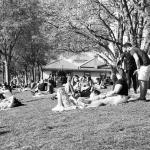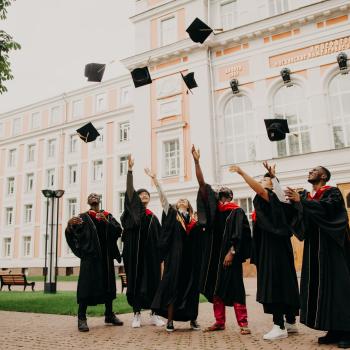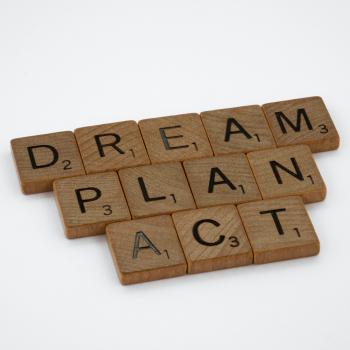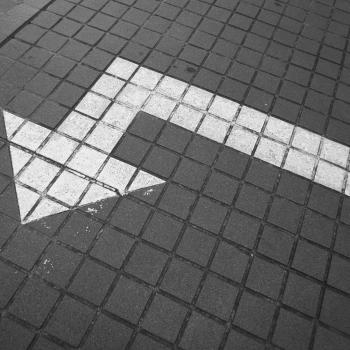There are few things as hotly contested in today’s world than the idea of personal safety. You are certainly thinking about your own safety all the time. And, not unrelated, much of our political and cultural discourse centers around individual safety.
Makes sense. Safety is important. Without it, you literally can’t do anything else. Safety is the lowest of Maslow’s hierarchy of needs, a foundation of human life. We cannot engage in higher pursuits until our safety is established.
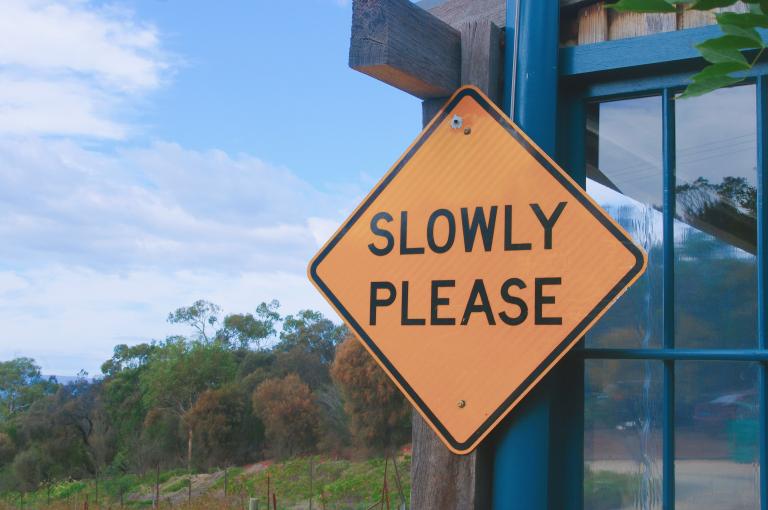
So how do we establish safety? What does it look like? There is an increasing obsession with personal safety that entirely misses the point. It equates comfort with safety. Positive emotions are necessary to be “safe”. And while these may be important to consider, one great danger is that we never progress up the hierarchy of needs. We never get to the stuff that truly matters. We are shackled, relegated, and frozen to our obsession with this base level of need.
External
There are two ways in which we need to be safe. The first is a circumstantial safety. We need to be safe from external threats. We need shelter from storms, food for our bodies, and freedom from oppression and violence. When these things are denied us, we are indeed unsafe.
But that is just one of the arenas in which our safety relies. And, as we’ll see in the next section, the lesser of the two.

Unchecked, our desire for safety creeps into a never-ending black hole of desiring perfection. We cannot be “safe” until we are rich, in power, followed and supported unquestioningly, never exposed to challenging ideas. We need constant validation to feel safe. And we hold others accountable for that. “They” are responsible for my safety.
What we need to do is really, honestly assess what external safety looks like. What do we really need from the outside world in order to be safe? The answer will surely surprise you. You need very little from the outside world. Safety, in the end, is mostly a matter of perspective.
Internal
What is commonly missing in the modern discourse on personal safety is the personal responsibility we each have for establishing our own safety. By this, I don’t mean you are responsible for making the external world what you believe it to be. That is still an external perspective. Our internal safety is mostly an internal issue.
This may sound crazy. But feeling safe is a choice. You take in the data, the evidence around you and decide whether or not you are safe. You cannot decide if things affect you, but there is a point where you can decide how much things affect you.
In order to truly be safe, you do not need circumstances to be what you most want them to be. What you need is a perspective that what you are, what you say, and what you do matters. External realities can make that very easy to very difficult, but at the end of the day you are the only one who can determine if and when you believe your own worth.
Courage and character are, in a way, examples of choosing to be safe when the external circumstances are dangerous and harmful. Peace is not an absence of fear; it is a mastery of it. The ability to not allow fear to hijack our choices.
I know the world is a crazy place and things are increasingly dangerous. You don’t need them to be any different. You can (and should) fight for them to be different, not for the sake of your own foundation of safety but for the collective betterment of the world at large. You’re safe when you deem yourself so. Safety is not about physical comfort, it is about internal assessment. It is not about avoiding negative circumstances, it is about exercising one’s character in any and all contexts. It is the freedom to make your choices, which can never fully be taken away from you. Although you cannot control the outcomes, you can steward the opportunities. And that is the foundation of safety, and hope, we all need.


